SubD examples and models
-
Hi - it could Artisan Subdivide and Smooth (but I'm not sure, however)
-
@unknownuser said:
In the video pilou posted, does anyone know what plugin the person is using that has an icon which looks like sword?

Sorry about the crappy screen capture... and thanks for any info.
-
Thank you both!
It was Zorro 2... I did not know that was what that tool did... too bad, I could have used that a bunch of times.
Thanks again. -
Been fooling about off and on trying to come up with a reasonably decent "human" type figure. Getting close. Still trying to figure out the best approach for head and hands. Started with blocking in half of the monster and then copied and flipped to get both sides. Progress !


-
Not by me!

-
Hi everyone! Here's a recent exercise I made with SketchUp 2019, SUbD, VertexTools and QuadFace Tools. It's the head of a corinthian column. I used Thea for SketchUp v2 for the rendered pic.


-
U-Boot Typ VII
Hi, just a little sunday afternoon exercise again, entirely modeled with SubD and all of it´s associated quad tools. (the idea was to play a little bit with the shape of the old German submarine "Type VII" / rendered in Enscape)
https://3dwarehouse.sketchup.com/model/4ee76836-331b-49cd-88bd-c44e10b389e3/U-Boot-Type-VII-NEO
(edit 09-14-2019: added an AO-render, rendered with Shaderlight, combined with a SU line overlay)

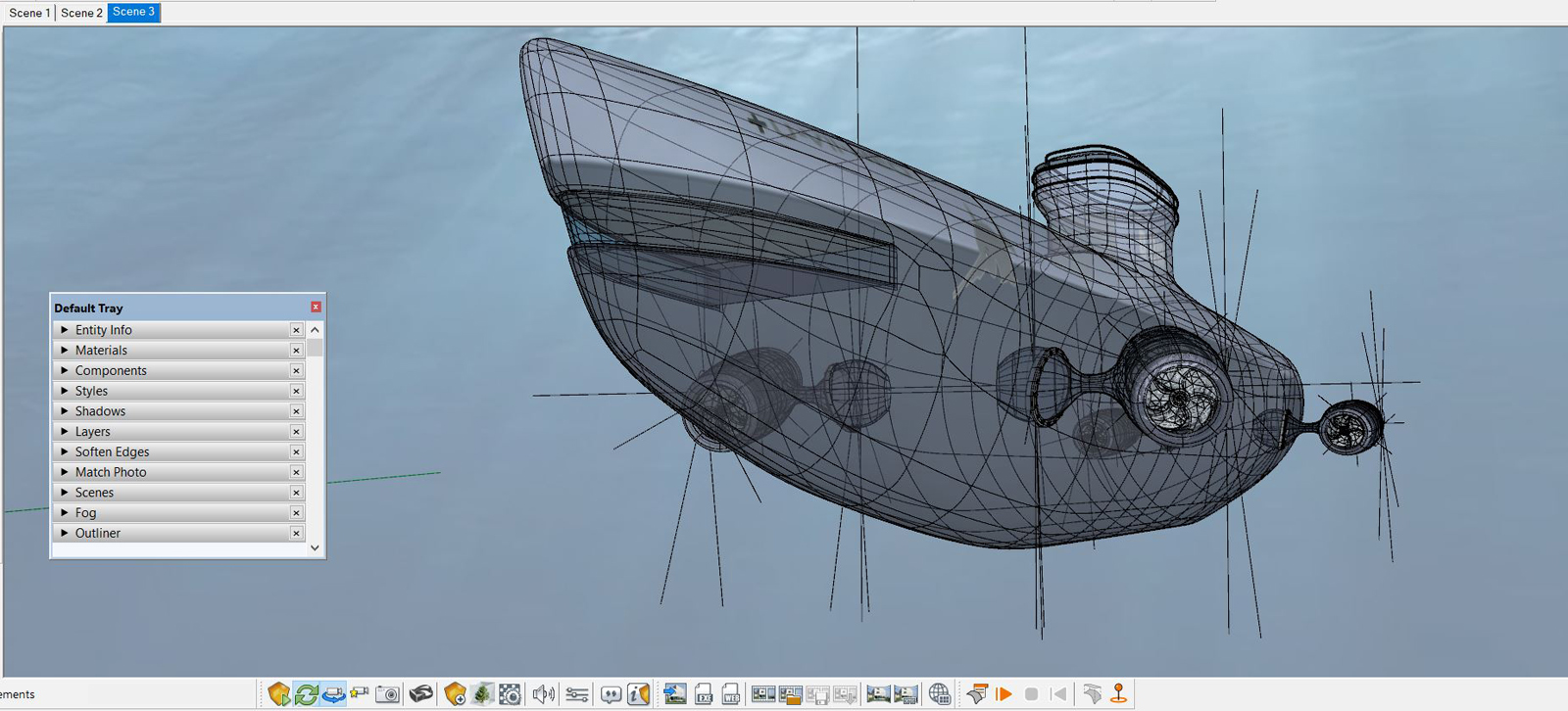

-
Hi All - Back in 2017 I modelled Homer Simpson's head and loudly announced that I intend to make the whole guy - someday
 (https://sketchucation.com/forums/viewtopic.php?f=397&t=63826&start=810)
(https://sketchucation.com/forums/viewtopic.php?f=397&t=63826&start=810)
Now, more than two years later, I finally managed to realize this announcement - still without clothes though, but that's again another task - sometime
Homer's body was modeled as individual segments first, such as body, arms, legs... and then finally merged into one solid. Only details like eyes, ears and his 3 hairs are added as independent solids. The renderings are made with Enscape and Shaderlight
Enjoy
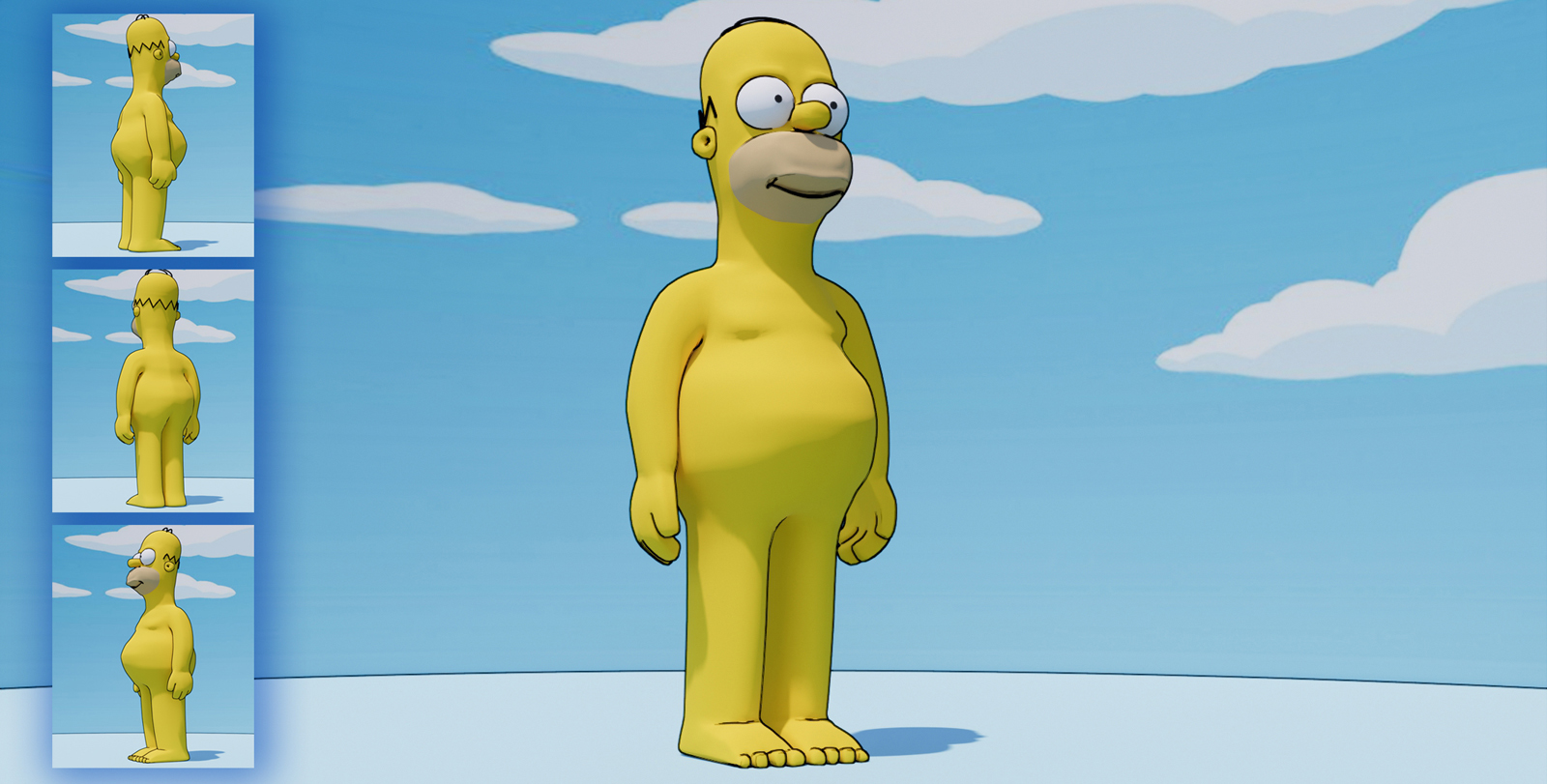
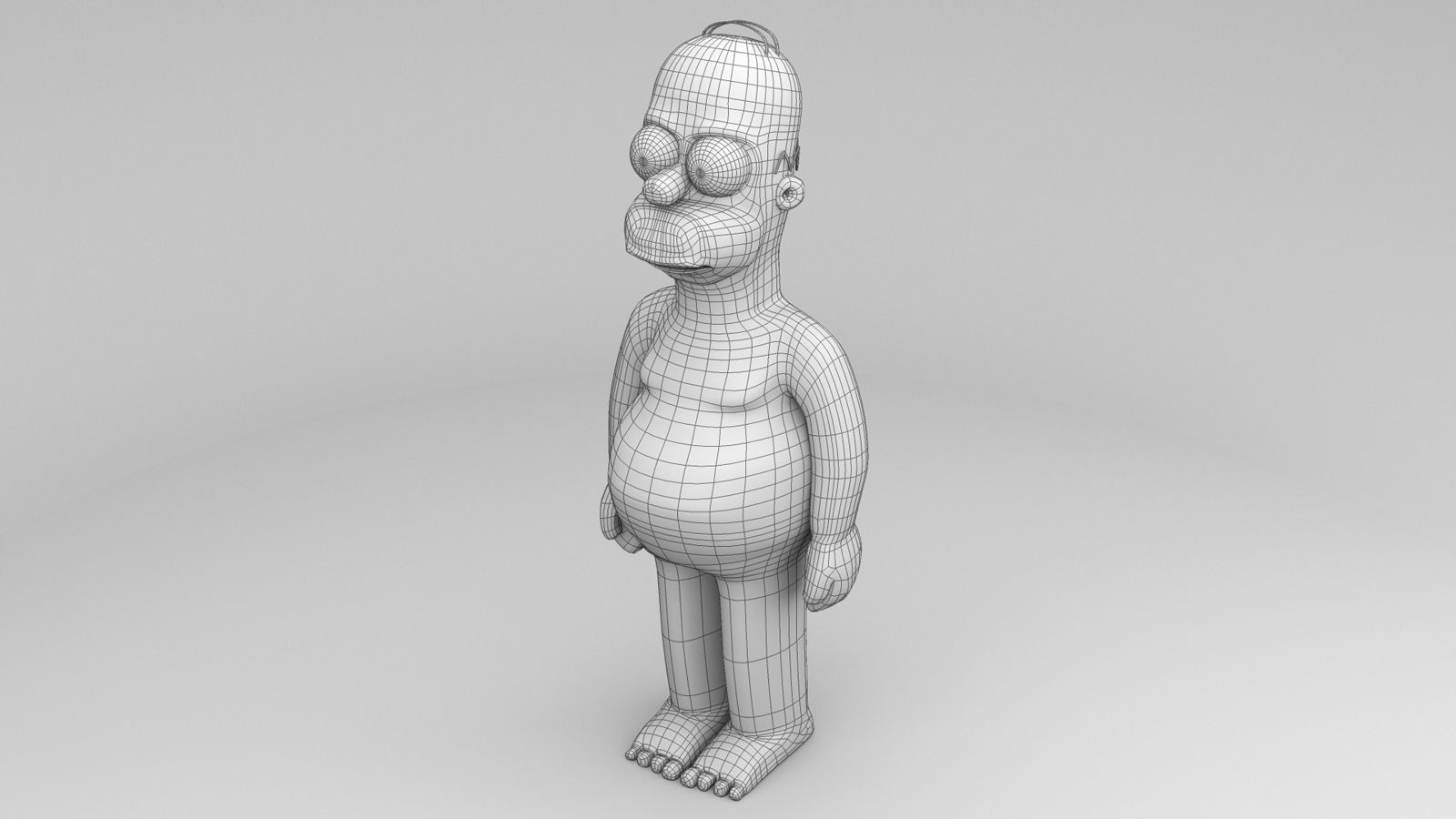
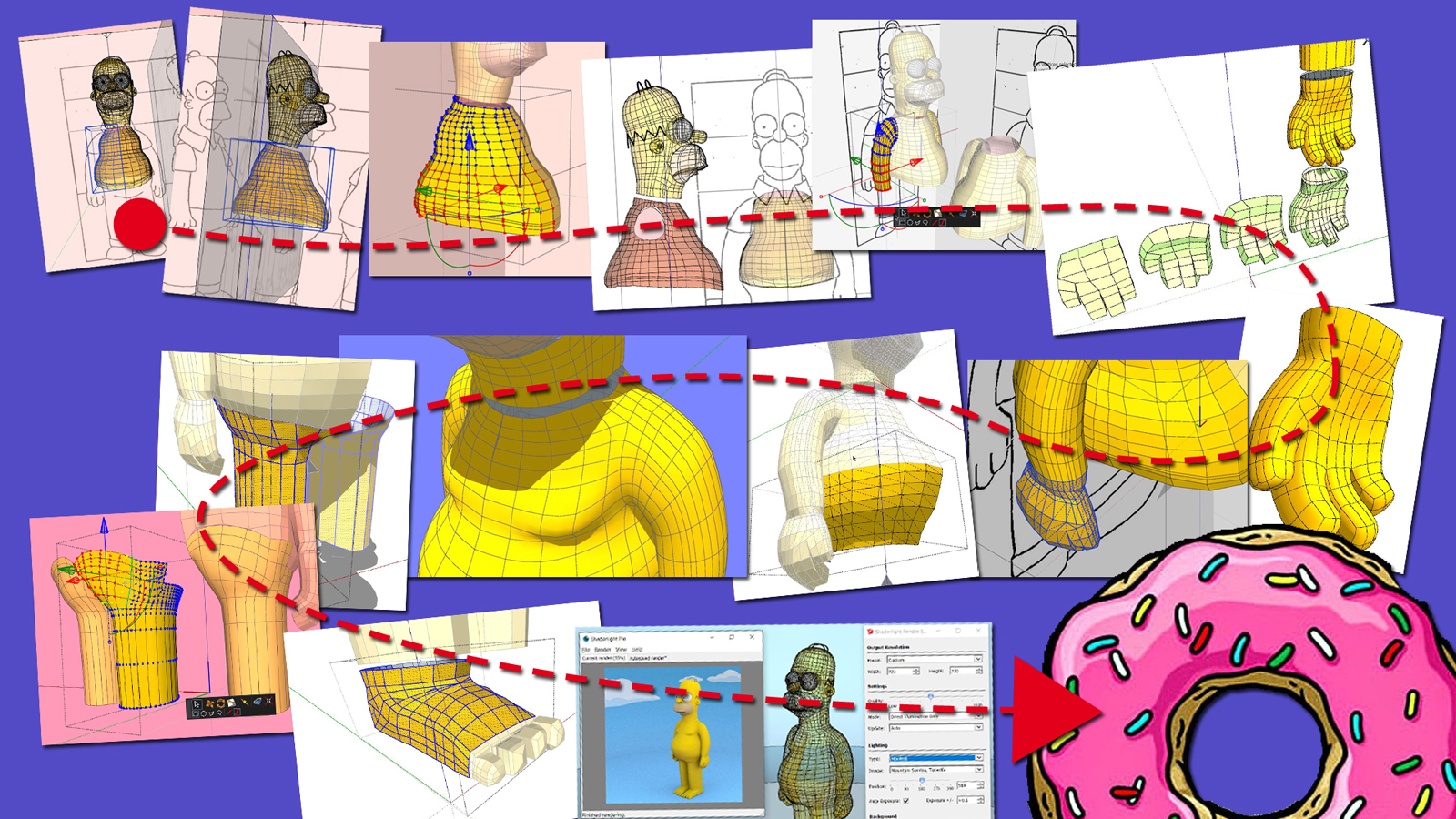
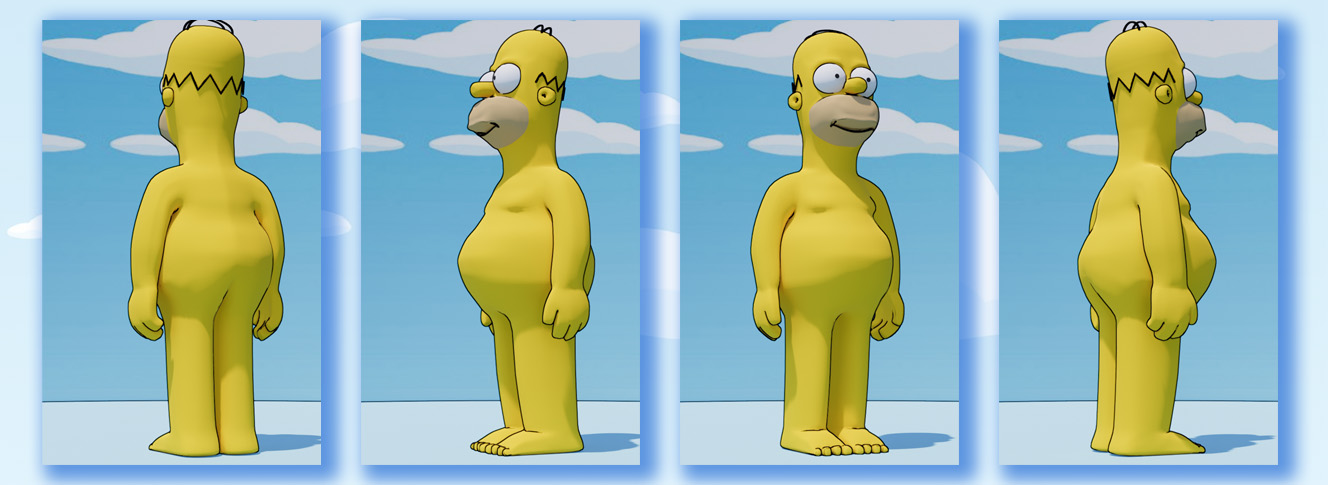
-
From Hornoxx's brilliant complexity to perhaps the simplest SUbD of all, a Guitar Pic.
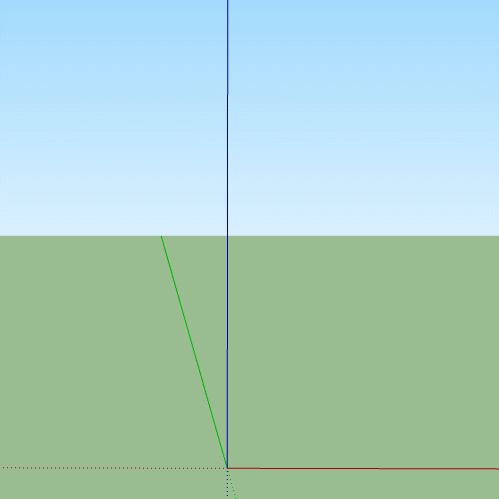
-
@box said:
From Hornoxx's brilliant complexity to perhaps the simplest SUbD of all, a Guitar Pic.
Simple rocks. I am a bit SubD challenged meself, but I watched that gif 3 times, then went and did it in about the same time, (a bit longer). Perfick.
Ta. -
That's the trick Baz, start small and play with little shapes and see what you get. Gradually you'll see how to put shapes together to make complex structures.
-
@box said:
That's the trick Baz, start small and play with little shapes and see what you get. Gradually you'll see how to put shapes together to make complex structures.
Yes. Ciao.
-
SubD´s range of possibilities couldn't be better illustrated than with Alsomar´s corinthian column masterpiece and Box´s ingenious Guitar Pic quicky-exercise (both above here) - both are great examples! Thanks for sharing

-
D'oh! What a great Homer!
-
Hello there!
Here's a vintage fan I modelled yesterday. Besides SUbD I used some other extensions like VertexTools and QuadFace Tools.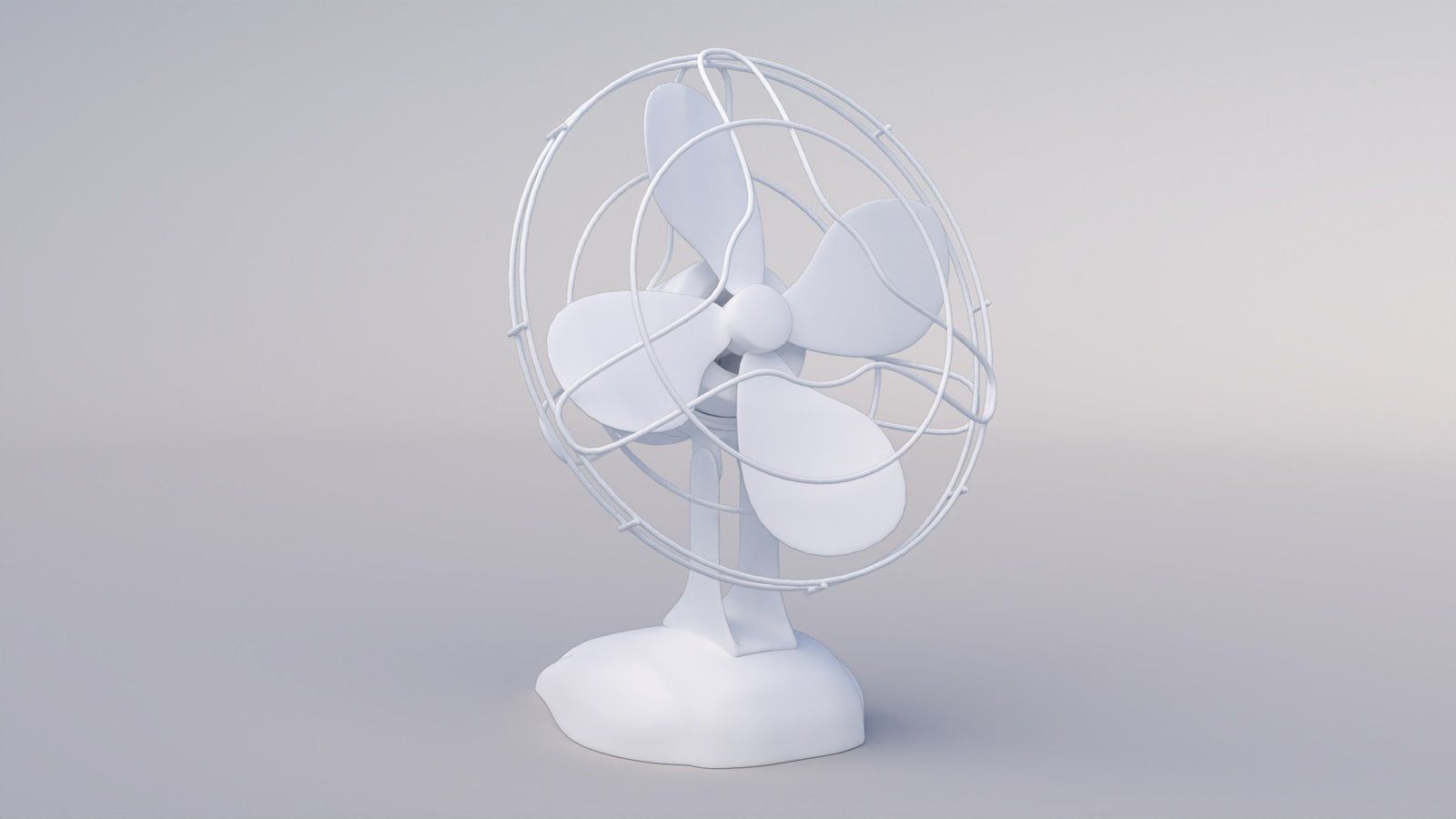

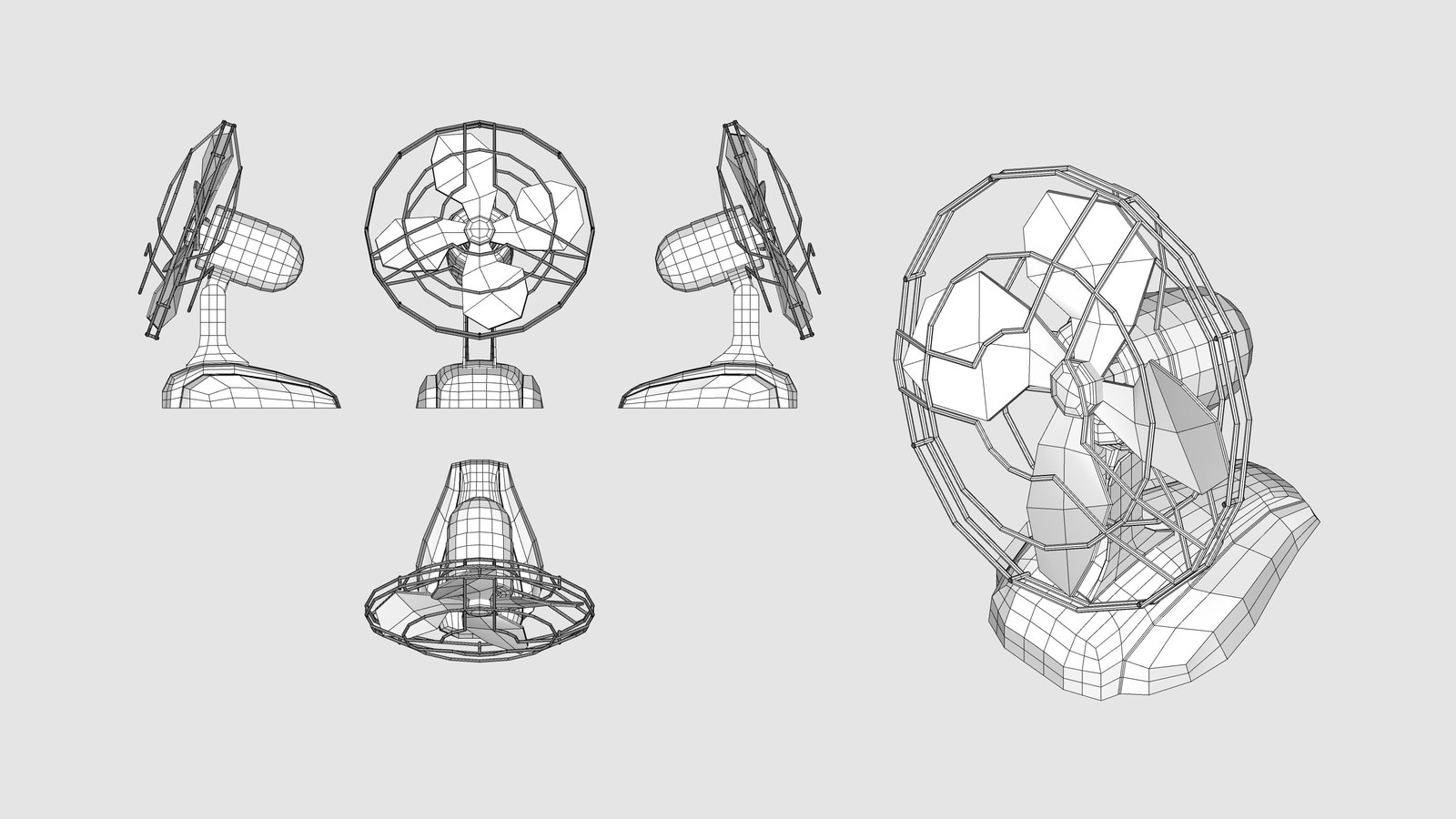

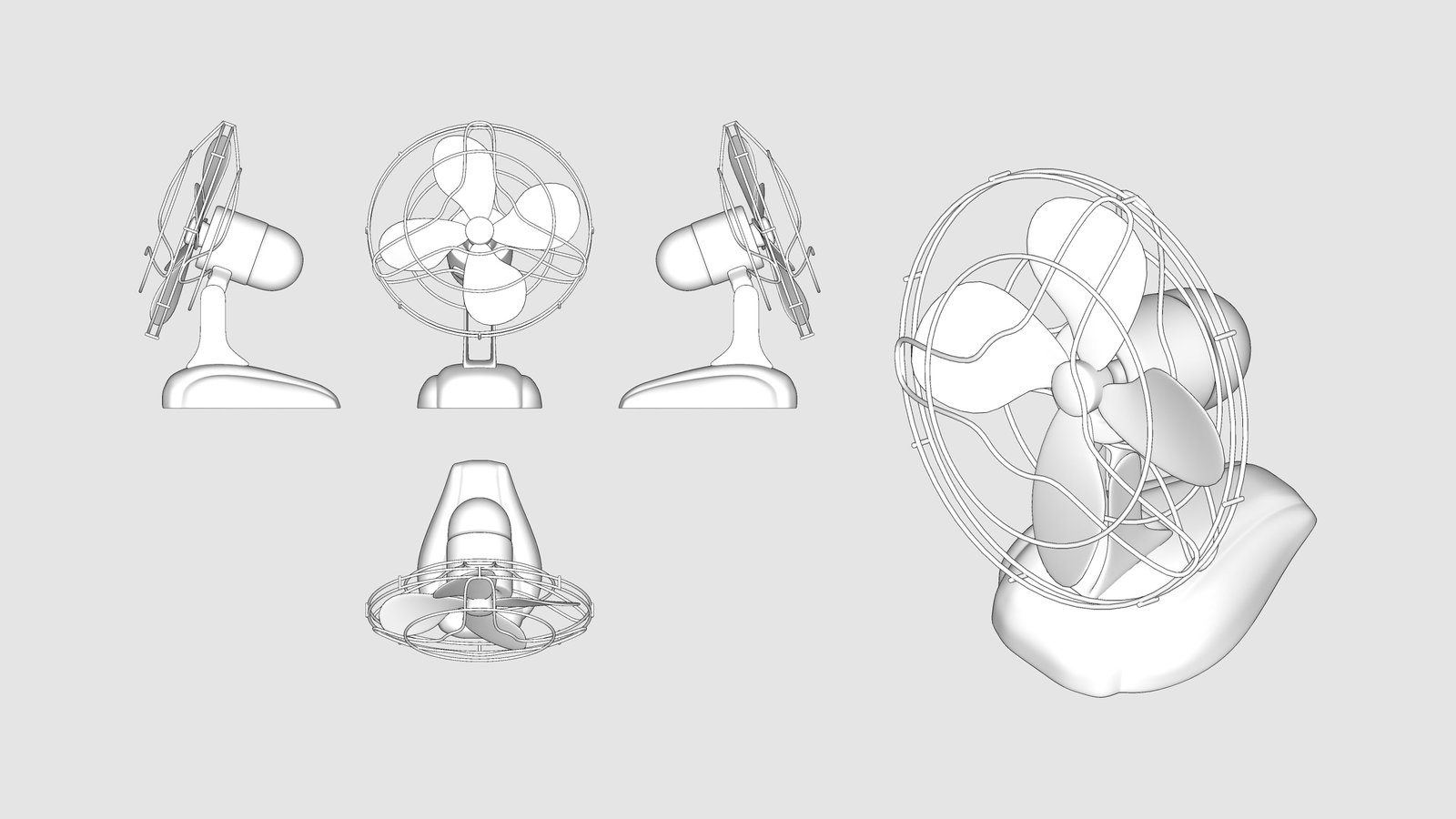
-
... Prima !!

-
Excellent.
-
An old fashioned caravan.
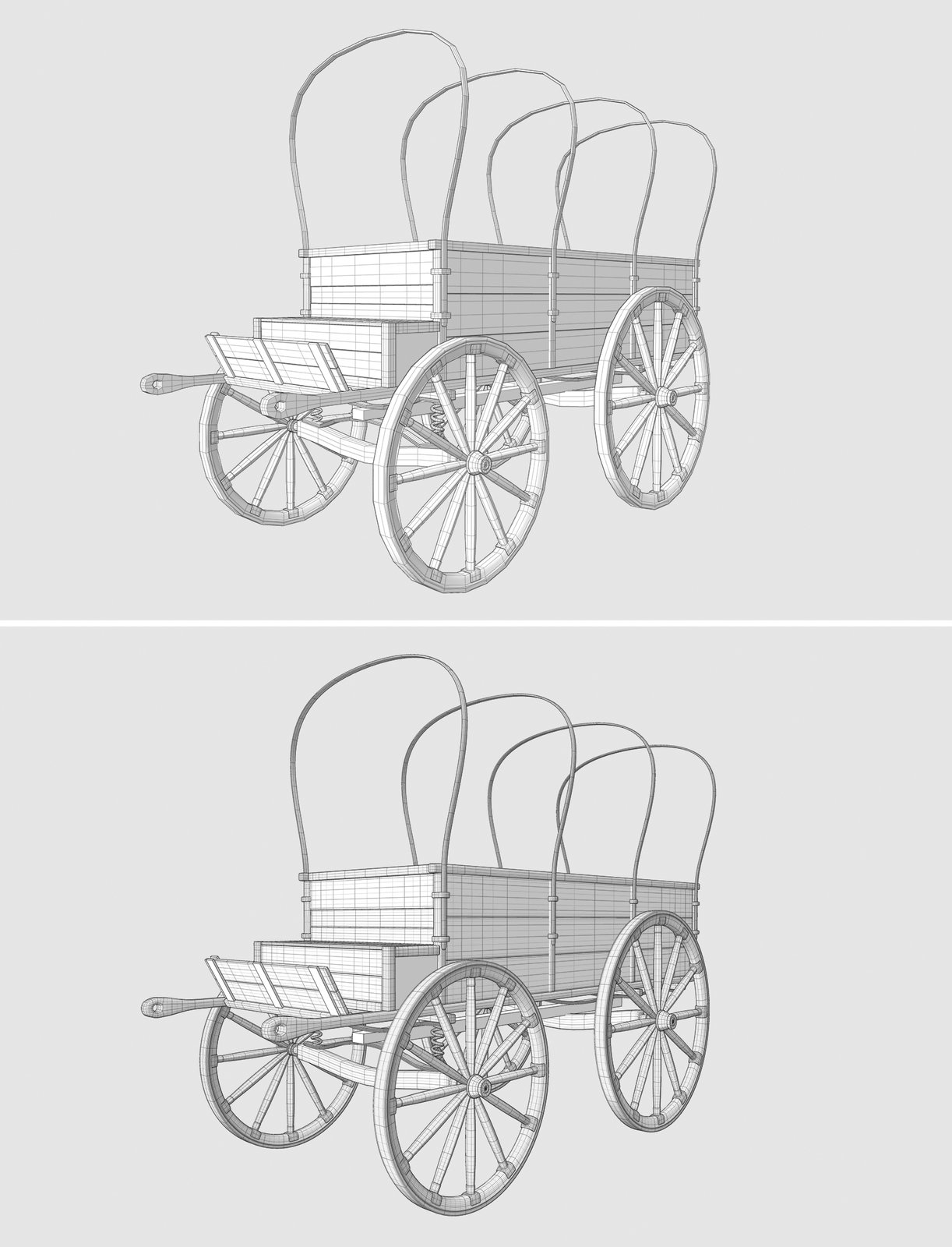
-

 ... again a so nice model idea - especially with the box-shaped carriage, I wouldn't have guessed SubD first
... again a so nice model idea - especially with the box-shaped carriage, I wouldn't have guessed SubD first 
-
Hi All - To bring my Homer Simpson endless project to an end, I finally decided to put him on his white shirt, his blue pants and his shoes. Finally the winter is approaching here and Homer should not freeze

If anyone wants to SubD-play with this thick cuddly yellow guy himself, I´ll add the entire proxy model here...
The rendered model, without SubD-function then, is also available in the 3D Warehouse:
https://3dwarehouse.sketchup.com/model/60074a83-9b9d-4f29-85aa-73cf6e29be75/Homer-Simpson-by-HornOxxedit: pic2 - did some minor modeling improvements at Homer's mouth
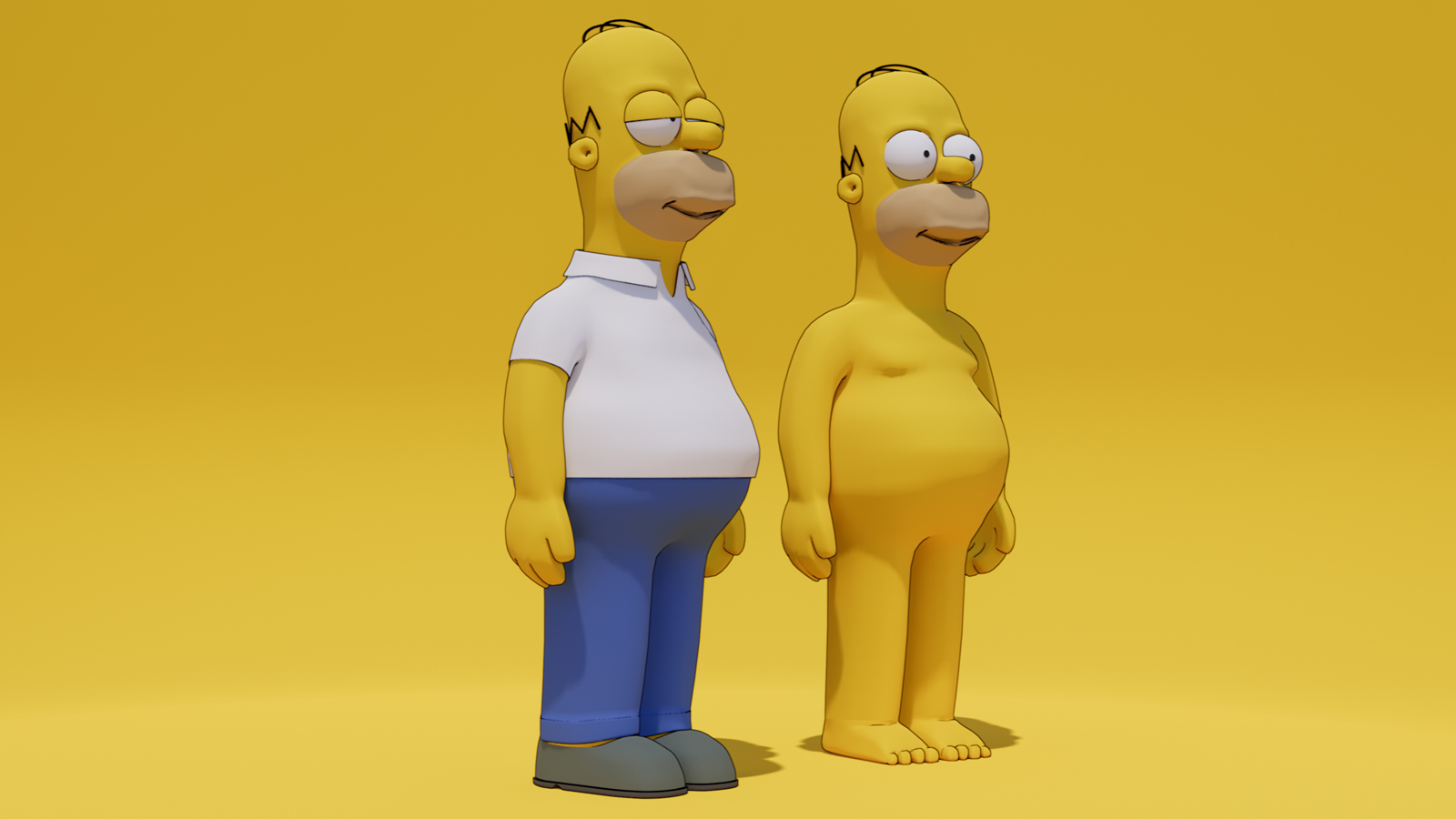
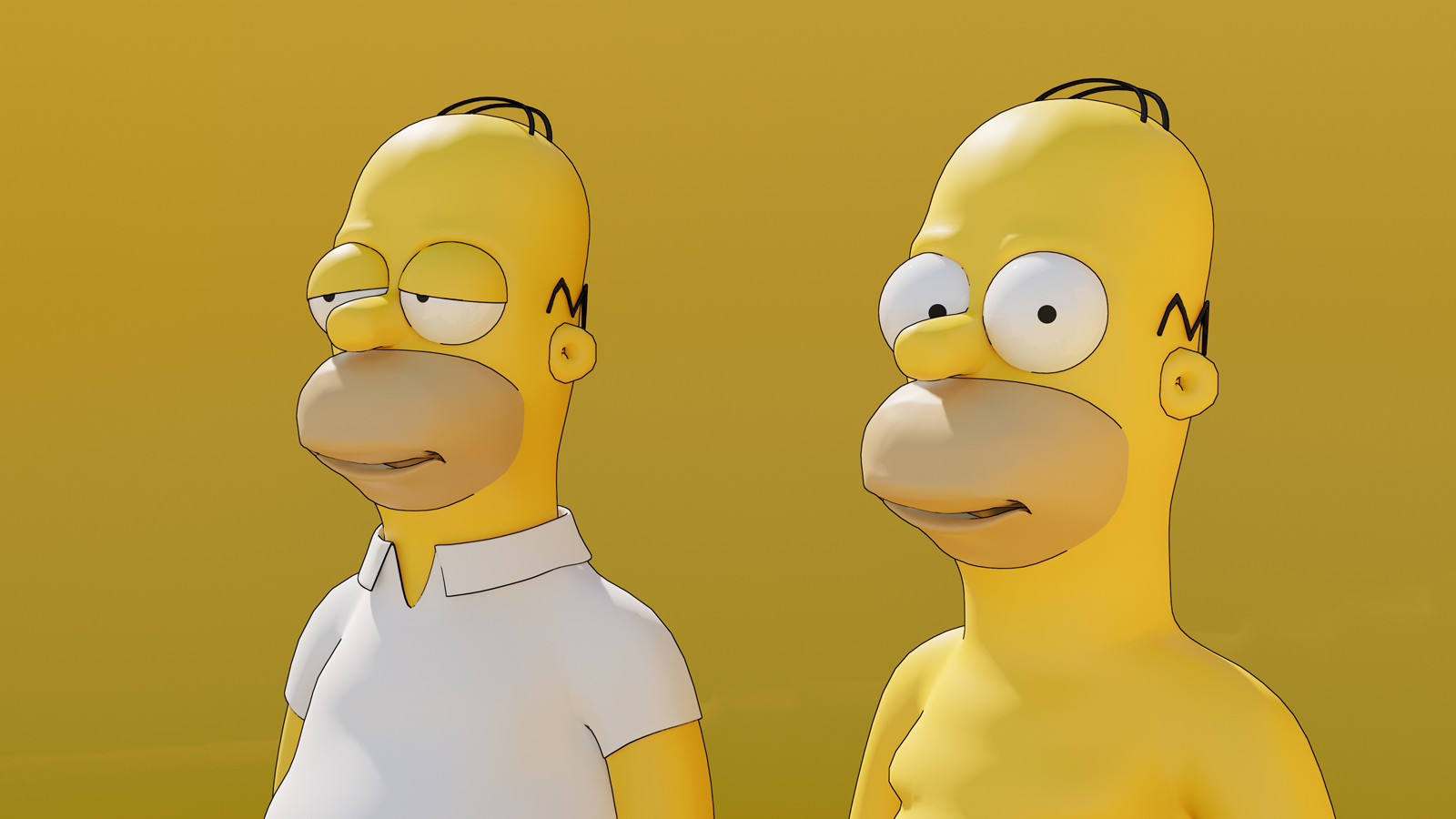
Advertisement







